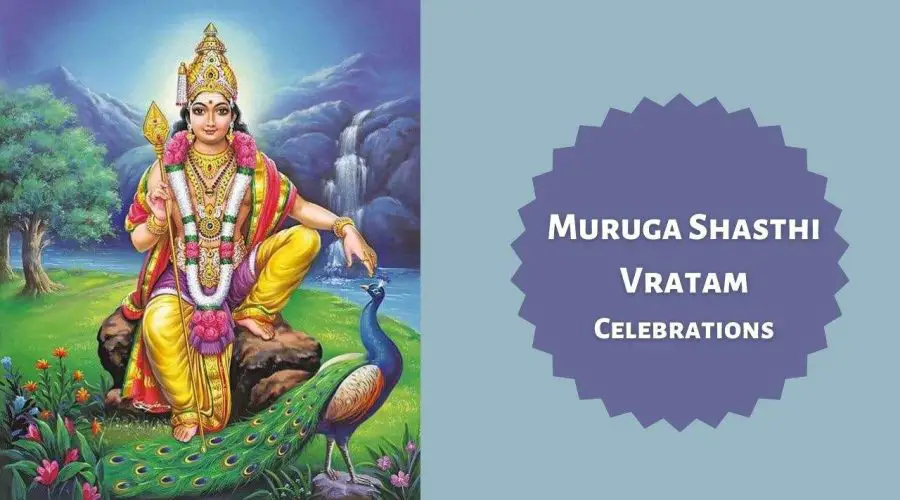Shasti Vratam: How to observe Muruga Shasthi Vratam?
Shasti Vratam, also known as Upvaas, is a significant fast devoted to Lord Muruga, also known as Kartikeya.
In a Hindu lunar month, there are two Chassis. After Amavasya, there is one Shasthi, and after Purnima(Pournami), there is another.
Fasting begins with the Shasti that follows Amavasya (new moon night). In plain words, the Shasti appears during the moon’s expanding or growing phase. Subramanian, Skanda, and Kanda are all names for Lord Muruga.
How should Shasti Vratam be observed?
The Shasti fast starts with the rising of the sun. After praying to Lord Surya, the fast is broken the following morning (Sun God).
On this day, most individuals who are fasting make it a point to visit Murugan Temple.
In many regions, it is a complete fast. However, many individuals may not be able to do so owing to work, health, or other factors. On this day, a large number of individuals eat vegetarian meals — generally a single meal in the afternoon or evening.
On the other hand, many individuals choose a fruit-based diet for the day. Some people avoid eating solid foods.
Many worshippers at Kerala Muruga temples consume a single rice meal provided by the temple at midday. There are no main side dishes served with cooked rice.
Fasting is done in different ways in different parts of the world. On the other hand, all non-vegetarian foods are avoided on that day. During the recitation of the Skanda Purana, devotees listen to tales about Skanda. The recitation of Kanta Shasti Kavasam is another practice that takes place throughout the day.
Fasting is more than simply avoiding food; it’s also an endeavour to cultivate good ideas. Fasting is used by many individuals to combat anger, desire, impatience, and other undesirable emotions.

